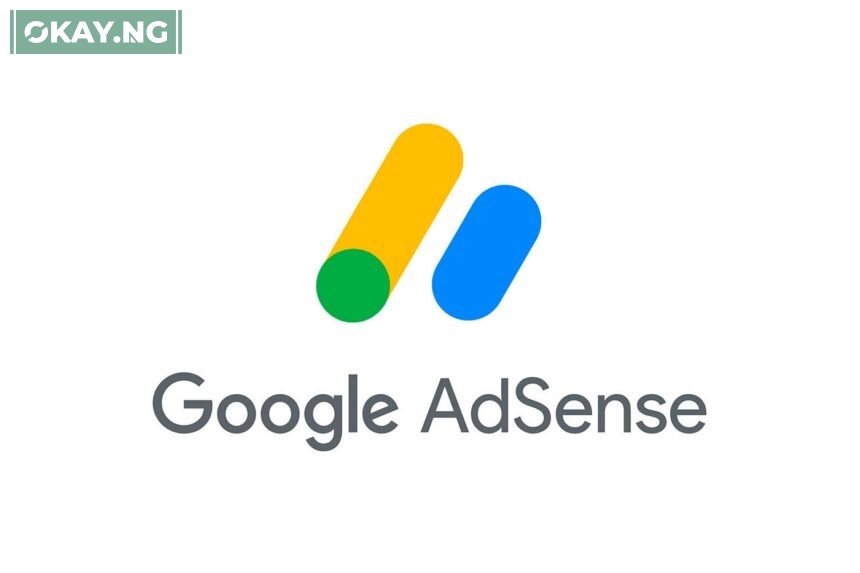Google AdSense, one of the primary revenue sources for online publishers, has unveiled plans today to implement two significant changes to its AdSense platform, pivoting towards a “per impression” payment model for publishers.
The tech giant emphasized that these updates should not impact publishers’ earnings or payments, assuring them of continued stability and financial transparency.
At present, Google compensates publishers based on the number of ad clicks generated on their websites.
However, the upcoming transition will see AdSense adopting the industry-standard “per impression” model, prevalent in the display ad sector.
This shift aims to create a more uniform payment system across Google’s products and third-party platforms, enabling publishers to easily compare their earnings with those from other technology providers they use.
The forthcoming modification in the revenue share structure is another key aspect of Google’s update. The company plans to separate the AdSense revenue share into distinct rates for the buy-side and the sell-side.
Publishers will receive 80% of the revenue after the deduction of fees by the advertiser platform, which could be either Google’s buy-side or third-party platforms. Google has clarified that publishers will continue to retain around 68% of the revenue.
Elaborating on the specifics, Google disclosed that when Google Ads purchases display ads on AdSense, it typically retains 15% of the advertiser spend.
Notably, this figure may vary since Google Ads does not impose a fixed, per-impression fee, as many advertisers choose to pay based on user actions, such as clicks or conversions.
Google has assured publishers that the proposed changes will be implemented “early next year” without requiring any direct action from their end.
The tech giant emphasized that it has thoroughly tested the potential impact on publishers’ earnings and foresees no significant alterations to their income.









